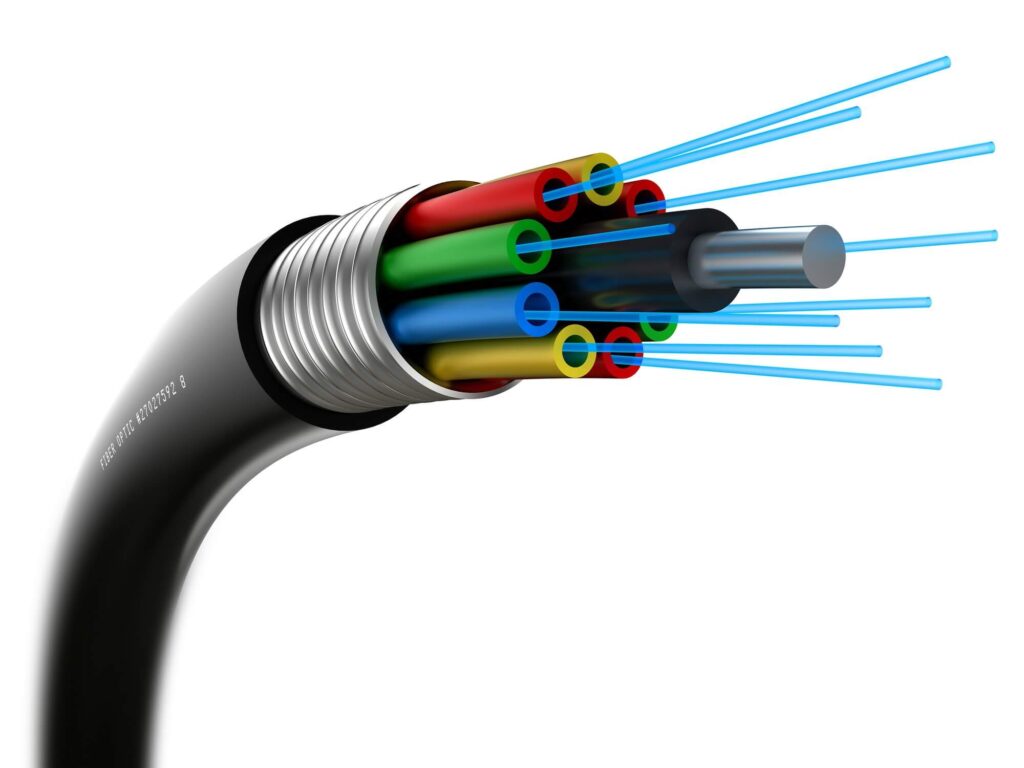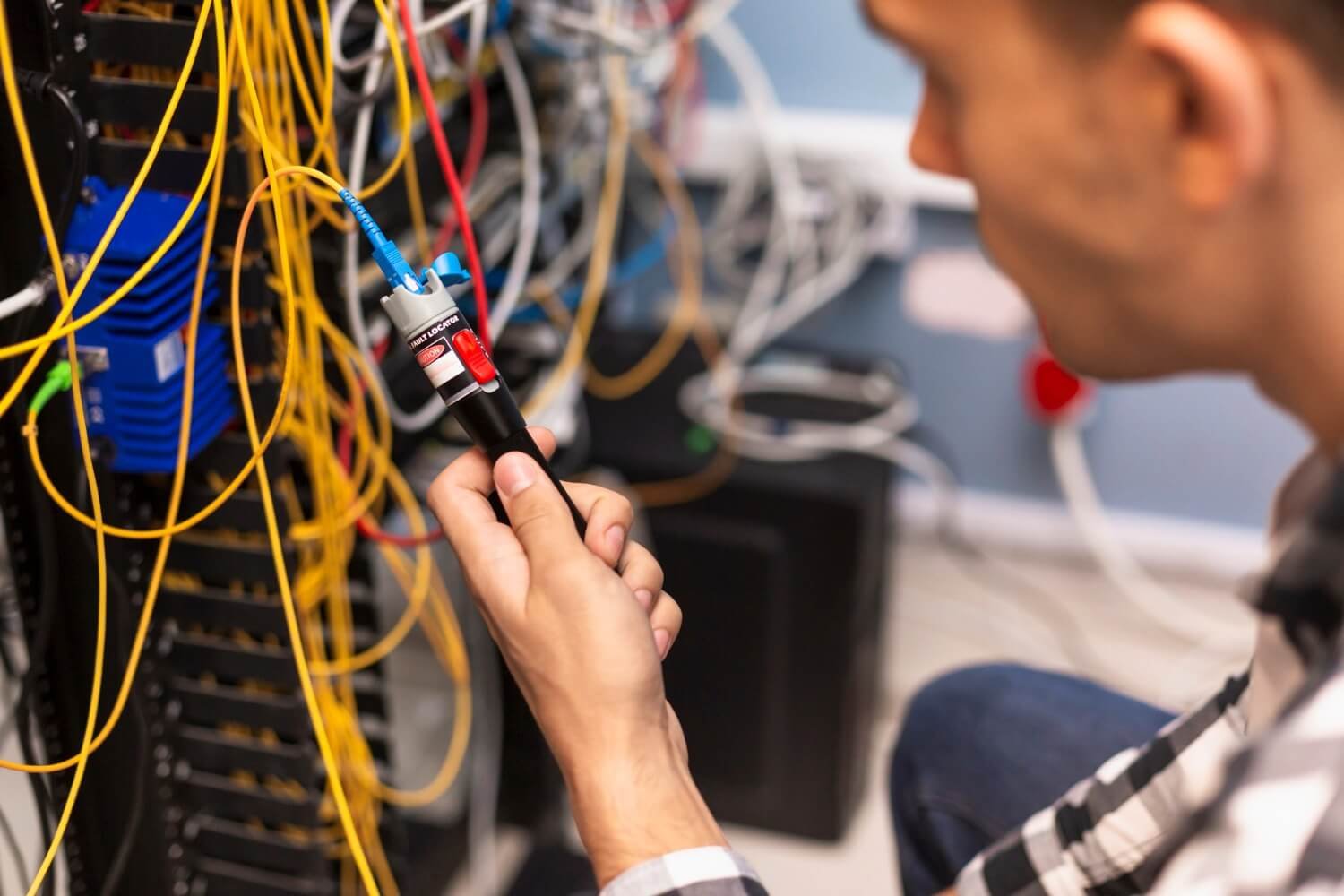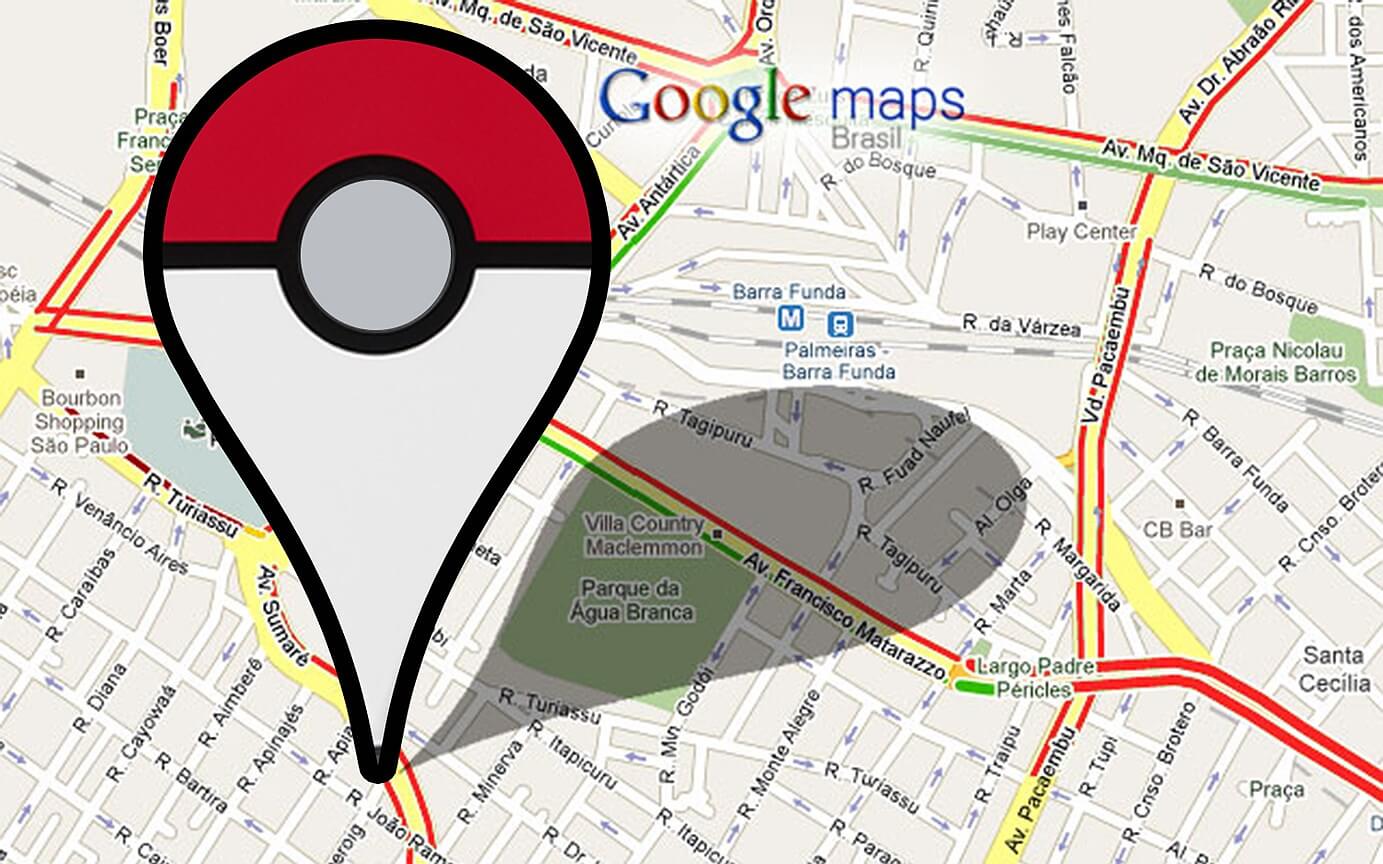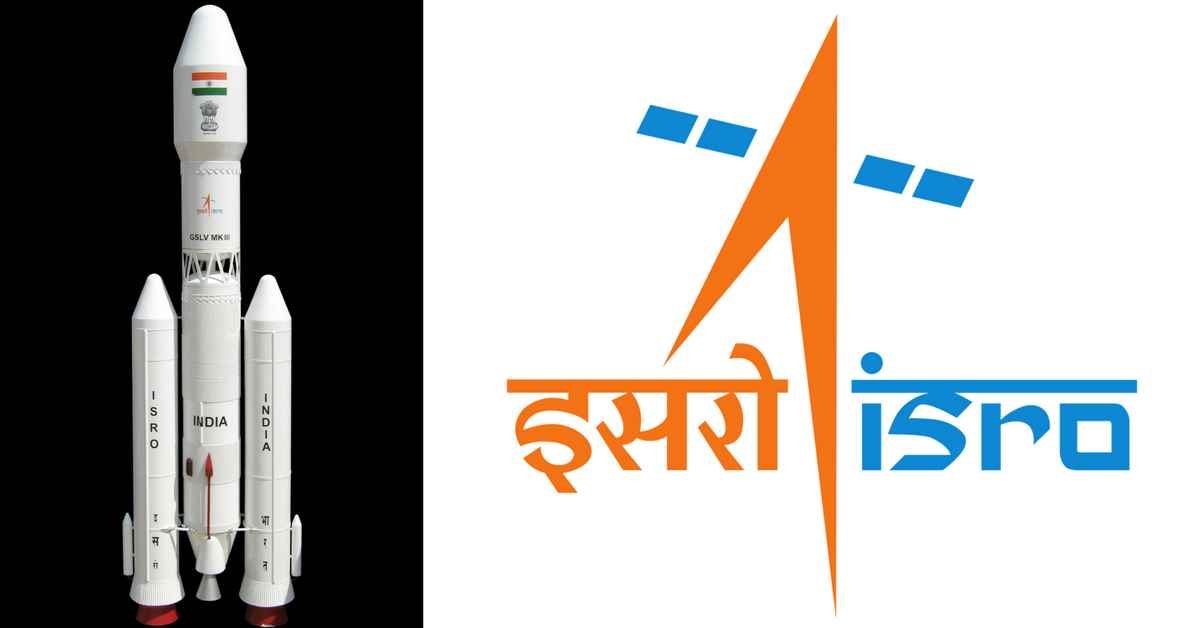
History of Optical Fiber
Early Discoveries
The roots of optical fiber technology trace back to the 19th century. Here are some key milestones:
Colladon and Babinet (1840s):
- Swiss physicist Daniel Colladon and French physicist Jacques Babinet demonstrated the concept of guiding light through refraction.
- They observed light traveling through water jets, showing that it could be confined within a medium.
John Tyndall (1854):
- British physicist John Tyndall popularized the phenomenon of total internal reflection.
- In his public lectures, he showcased how light could be trapped within a glass or water stream, effectively guiding it.
The Birth of Practical Optical Fibers
While these early experiments laid the groundwork, practical optical fibers emerged much later:
Clarence Hansell (1930s):
- American engineer Clarence Hansell patented the idea of using glass fibers for communication.
- However, World War II delayed further progress.
Narinder Singh Kapany (1950s):
- Indian-American physicist Narinder Singh Kapany coined the term “fiber optics.”
- He conducted experiments with bundles of glass fibers, demonstrating their light-guiding properties.
Corning Glass Works (1960s):
- Researchers at Corning Glass Works (now Corning Incorporated) made significant breakthroughs.
- They developed low-loss glass fibers suitable for practical communication.
The Digital Revolution
The 1970s marked a turning point:
First Practical Optical Fiber System (1977):
- Corning introduced the first commercial optical fiber system.
- It enabled high-speed data transmission over long distances.
Telecommunications Boom:
- Optical fibers revolutionized telecommunications.
- They replaced copper wires, offering higher bandwidth and immunity to electromagnetic interference.
Modern Applications
Today, optical fibers are ubiquitous:
Internet Backbone:
- Undersea cables and terrestrial networks rely on optical fibers for global internet connectivity.
Medical Imaging:
- Endoscopes and medical diagnostics use fiber optics for non-invasive imaging.
Data Centers:
- High-speed data transmission within data centers depends on optical fibers.
Construction and Components
Core:
- The core is the central part of an optical fiber.
- It is typically made of silica glass or plastic.
- Light travels through the core, bouncing off its walls due to total internal reflection.
Cladding:
- Surrounding the core is the cladding.
- The cladding has a lower refractive index than the core.
- Its primary purpose is to ensure total internal reflection by confining light within the core.
- Cladding materials include glass or plastic with a different refractive index.
Buffer Coating:
- The buffer coating protects the fiber from external damage.
- It is an outer layer that shields the delicate core and cladding.
- The coating can be made of materials like acrylate or polyimide.
In summary, optical fibers consist of a core, cladding, and protective buffer coating. Their precise design ensures efficient light transmission, making them indispensable in modern communication networks.
Working Principle
Total Internal Reflection (TIR):
- The magic of optical fibers lies in total internal reflection.
- When light enters the core of an optical fiber at an angle greater than the critical angle, it reflects off the cladding repeatedly.
- This bouncing ensures that the light remains trapped within the core, even as it travels long distances.
Waveguiding:
- An optical fiber acts as a waveguide.
- It guides light from one end to the other by continuously reflecting it off the core-cladding boundary.
- The core’s refractive index is higher than that of the cladding, allowing efficient light propagation.
In summary, optical fibers work by confining light through total internal reflection, creating a pathway for information to travel at the speed of light. Next time you make a call or browse the internet, remember the invisible highways of light that connect us all!
What Is an Optical Fiber?
An optical fiber is a technology that enables data transmission using light pulses along a long, thin fiber made of either plastic or glass. Unlike traditional metal wires, optical fibers are less susceptible to signal damage and remain unaffected by electromagnetic interference. These fibers rely on the principle of total internal reflection to guide light within their core.
Types of Optical Fibers
Step Index Fibers:
- These fibers consist of a core surrounded by cladding, where both have a single uniform index of refraction.
- Step index fibers are straightforward in design and are commonly used for various applications.
Graded Index Fibers:
- In graded index fibers, the refractive index of the core decreases as the radial distance from the fiber axis increases.
- This variation in refractive index allows for better light propagation and minimizes dispersion effects.
Plastic Optical Fibers (POFs):
- POFs use polymethylmethacrylate as the core material for transmitting light.
- They are cost-effective and find applications in short-distance communication systems.
Glass Fibers:
- Glass fibers consist of extremely fine strands of glass.
- These fibers are widely used for long-distance data transmission due to their low signal loss and high bandwidth.
Mode of Propagation and Refractive Index Combinations:
Single-Mode Fibers:
- Designed for long-distance transmission, single-mode fibers allow only one mode of light propagation.
- They have a small core, ensuring minimal dispersion and high data rates.
Multimode Fibers:
- Multimode fibers are used for short-distance transmission.
- They have a larger core, allowing multiple modes of light propagation.
- The combination of core type and refractive index leads to four main types:
- Step index-single mode fibers
- Graded index-single mode fibers
- Step index-multimode fibers
- Graded index-multimode fibers
How Does an Optical Fiber Work?
Optical fibers operate based on the principle of total internal reflection. Light rays are guided within the core due to the difference in refractive indices between the core and cladding. By bending the fibers, we ensure that light rays remain trapped within the core, allowing efficient data transmission.
Applications
- Medical Industry:
- Optical fibers are used in medical instruments to view internal body parts by inserting them into hollow spaces.
- They serve as lasers during surgeries, endoscopy, microscopy, and biomedical research.
- Communication:
- Telecommunication heavily relies on optical fiber cables for transmitting and receiving data.
- Compared to copper wires, fiber optic cables are lighter, more flexible, and carry more data.
- Defence Industries:
- Fiber optics play a crucial role in high-level data security for military and aerospace applications.
- They are used in aircraft wiring, hydrophones for SONARs, and seismic applications.
- Industries:
- Optical fibers are used for imaging in hard-to-reach places, such as safety measures and lighting in automobiles (both interior and exterior).
- They transmit information at lightning speed and are used in airbags and traction control.
- Broadcasting:
- Broadcasting companies use optical fibers to transmit high-definition television signals with greater bandwidth and speed.
- Optical fibers are cost-effective compared to the same quantity of copper wires.
- Lighting and Decorations:
- Optical fibers provide an attractive, economical, and easy way to illuminate areas, making them widely used in decorations and Christmas trees.
- Mechanical Inspections:
- On-site inspection engineers use optical fibers to detect damages and faults in hard-to-reach places.
- Plumbers also use optical fibers for inspecting pipes.
In summary, the unique properties of optical fibers, such as low signal loss, high bandwidth, and immunity to electromagnetic interference, make them ideal for a wide range of applications across different industries.
Advantages Of Metal Wires
Greater Bandwidth:
- Copper cables were originally designed for voice transmission and have a limited bandwidth.
- Fiber optic cables provide more bandwidth for carrying more data than copper cables of the same diameter.
Faster Speeds:
- Fiber optic cables have a core that carries light to transmit data.
- This allows fiber optic cables to carry signals at speeds that are only about 31 percent slower than the speed of light—faster than Cat5 or Cat6 copper cables.
- There is also less signal degradation with fiber cables.
Longer Distances:
- Fiber optic cables can carry signals much farther than the typical 328-foot limitation for copper cables.
- For example, some 10 Gbps singlemode fiber cables can carry signals almost 25 miles.
- The actual distance depends on the type of cable, the wavelength, and the network.
Better Reliability:
- Fiber is immune to temperature changes, severe weather, and moisture, all of which can hamper the connectivity of copper cables.
- Plus, fiber does not carry electric current, so it’s not bothered by electromagnetic interference (EMI) that can interrupt data transmission.
- It also does not present a fire hazard like old or worn copper cables can.
Thinner and Sturdier:
- Compared to copper cables, fiber optic cables are thinner and lighter in weight.
- Fiber can withstand more pull pressure than copper and is less prone to damage and breakage.
More Flexibility for the Future:
- Media converters make it possible to incorporate fiber into existing networks.
- The converters extend UTP Ethernet connections over fiber optic cable.
- Modular patch panel solutions integrate equipment with 10 Gb, 40 Gb, and 100/120 Gb speeds to meet current needs and provide flexibility for future needs.
- The panels in these solutions accommodate a variety of cassettes for different types of fiber patch cables.
Lower Total Cost of Ownership:
- Although some fiber optic cables may have a higher initial cost than copper, the durability and reliability of fiber can make the total cost of ownership (TCO) lower.
- And, costs continue to decrease for fiber optic cables and related components as technology advances.












